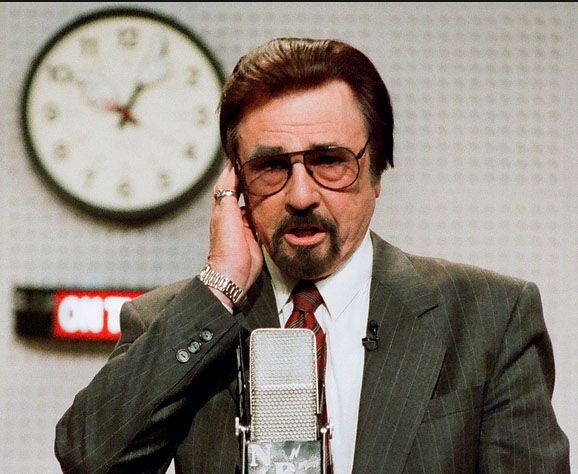Wow, yes my head is swimming! Trying to soak up all this info.
As for noise reduction tool, I do make sure to select a new clip each time I record - I figured the room tone changes a little bit each time anyway so might as well select a few seconds each time to tailor it anyhow.
I have not tried DeSibilator yet, but I just installed it according to your instructions and can’t wait to give it a try!
I don’t remember. Are you using Audacity 3.0.0 or 2.4.2?
2.4.2. Guess I’m due for an upgrade! Doing that now.
A test is to do the same recording with and without the wall connection.
I did actually try this and there doesn’t seem to be a change. I have been plugging it into the wall.
I didn’t post the Audiobook Mastering Suite settings.
This is the short form.
Okay, got it. These are the settings I follow when mastering, straight from the same webpage.
As for all this, obviously it would apply to any mic I’m using, and would give me the best possible quality. I will definitely try adding the DeSibilitator as well to see how that sounds.
Still though, I feel like the dynamic mic (which is what I’m currently trying out, not the condenser which I returned) has a much louder hiss the condenser and I guess my question is, is there any way to fix that beyond all of these mastering settings? Is there a problem with my equipment or setup at the source?
I liked to condenser but I wanted to see if I could get the dynamic to work well for me and right now the hissing is too noticeable in comparison, so I don’t feel comfortable submitting auditions with it, even with all of the mastering being done to it. It doesn’t seem to really help.
If I can’t get it working with a lower hiss I’ll probably return it and go back to the condenser mic and just suck it up and edit out all the little clips and mouth noises manually, because I’d rather have a quieter background noise. To me that sounds higher quality. I may also try the Shure, like I mentioned, just to see if it also makes that same loud hiss as the Rode Procaster. Will keep you updated.
In the meantime, if there’s any ideas as to why the Rode procaster is hissing so much louder than the condenser mic, let me know. Like I said in a previous post, I can get the dynamic mic to pass ACX, but it doesnt sound good enough to me, it doesnt pass my test if you know what I mean.
As always, thanks for the help.



